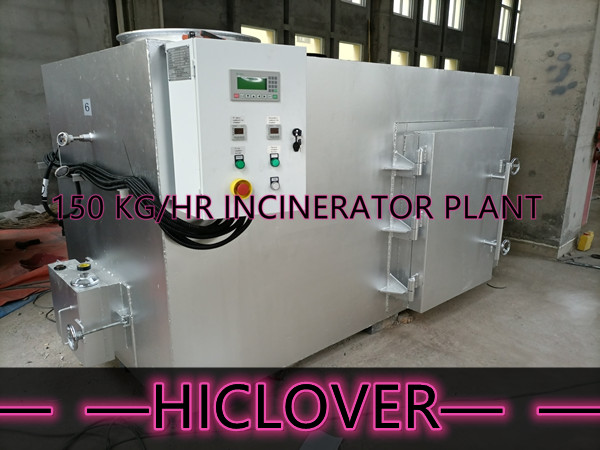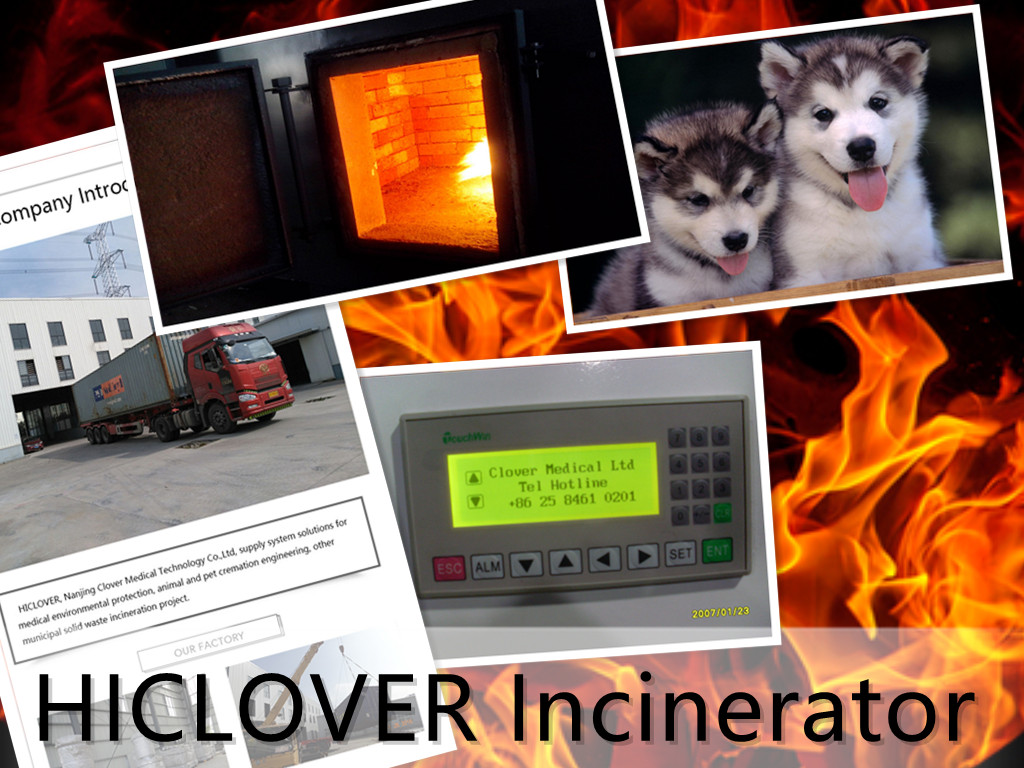An incinerator is a crucial piece of equipment in many industries, including waste management, healthcare facilities, and manufacturing plants. Regular inspections of incinerators are essential to ensure they are operating safely and efficiently. Creating a comprehensive incinerator inspection checklist is an important step in maintaining the functionality and safety of this equipment.
To create a comprehensive incinerator inspection checklist, it is important to consider all aspects of the equipment and its operation. Here are some key components to include in a thorough incinerator inspection checklist:
1. Exterior Inspection: Start by inspecting the exterior of the incinerator for any signs of damage, corrosion, or leaks. Check the condition of the doors, hinges, and seals to ensure they are in good working order.
2. Interior Inspection: Open the doors and conduct a thorough visual inspection of the interior of the incinerator. Look for any signs of damage, debris buildup, or corrosion on the walls, grates, and refractory materials.
3. Combustion Chamber: Inspect the combustion chamber for any signs of damage, including cracks, leaks, or deterioration. Check the condition of the burners, igniters, and flame safety controls to ensure they are functioning properly.
4. Air Quality Monitoring: Verify that the incinerator is equipped with air quality monitoring systems and that they are in good working condition. Check the calibration of gas analyzers, oxygen sensors, and temperature gauges to ensure accurate readings.
5. Emissions Control Systems: Inspect the emissions control systems, including scrubbers, filters, and particulate matter control devices, to ensure they are operating effectively. Check for any signs of damage or blockages that could impact their performance.
6. Safety Devices: Check the operation of safety devices such as pressure relief valves, temperature alarms, and flame detection systems to ensure they are functioning as intended.
7. Fuel Supply and Storage: Inspect the fuel supply and storage systems to ensure they are properly maintained and compliant with safety regulations. Check for any signs of leakage, corrosion, or damage to the fuel tanks and piping.
8. Operational Controls: Verify that all operational controls, including temperature, pressure, and airflow settings, are functioning properly. Ensure that all safety interlocks and emergency shutdown systems are in good working order.
9. Record Keeping: Review the incinerator’s maintenance and operation logs to ensure that all required inspections, maintenance, and repairs have been documented and completed as required.
10. Regulatory Compliance: Ensure that the incinerator is compliant with all local, state, and federal regulations regarding emissions, air quality, and safety standards.
By including these key components in a comprehensive incinerator inspection checklist, facility managers and maintenance personnel can ensure that their incinerators are operating safely and efficiently. Regular inspections and maintenance are essential for preventing equipment failures and ensuring compliance with safety and environmental regulations.
In conclusion, a comprehensive incinerator inspection checklist is essential for maintaining the safety and functionality of this equipment. By including all critical components in the inspection checklist, facility managers and maintenance personnel can ensure that their incinerators are operating at peak performance and in compliance with all regulatory requirements. Regular inspections, combined with proper maintenance and record-keeping, are essential for the safe and efficient operation of incinerators.



